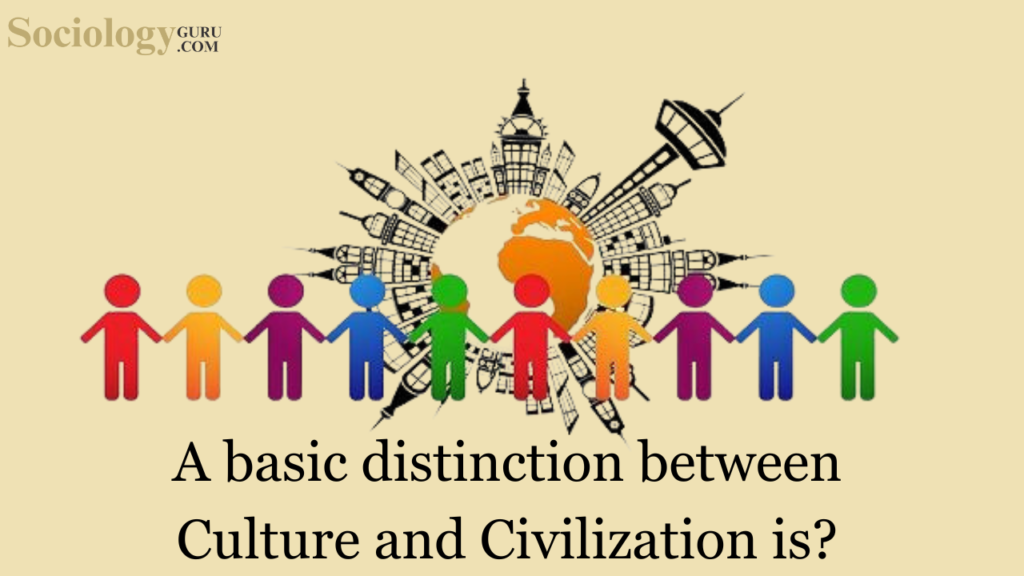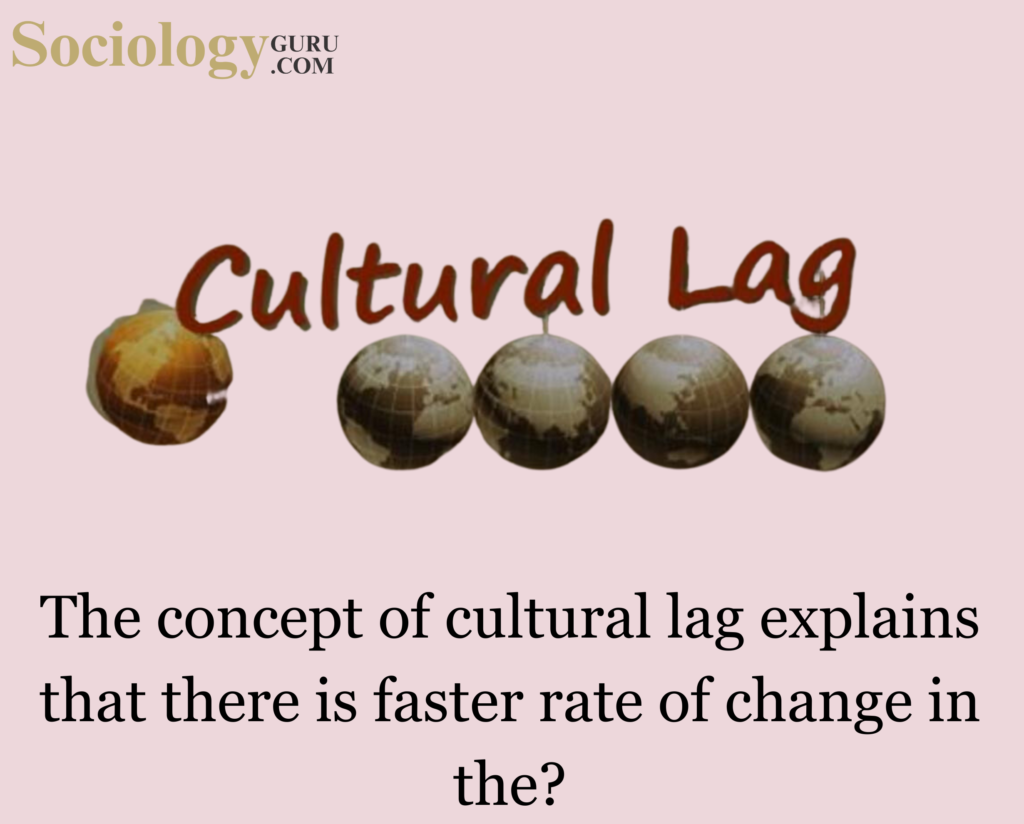Question: Who studied Jajmani system in India, systematically for the first time?
- Oscar Lewis
- W.H. Wiser
- A. Mayer
- Milton Singer
Answer: (2)The question at hand pertains to the systematic study of the Jajmani system in India, particularly focusing on the scholar who undertook this examination for the first time. The options provided are (a) Oscar Lewis, (b) W.H. Wiser, (c) A. Mayer, and (d) Milton Singer. The correct answer is W.H. Wiser, who played a crucial role in introducing and popularizing the term “Jajmani system” through his book ‘The Hindu Jajmani system.’ To comprehend the significance of this answer, it is essential to delve into the concept of the Jajmani system itself. The term “Jajmani” is derived from the Sanskrit word “jajman” or “yagyaman,” which refers to an individual capable of conducting sacrifices. In a ritualistic context, this involves the participation of priests. However, within sociological discourse, the Jajmani system is recognized as a broader term describing the economic interactions between different castes at the village level in India. It functions not only as an economic system but also as a ritual system, incorporating notions of purity and pollution. William H. Wiser’s pioneering work shed light on the intricacies of the Jajmani system. In his book ‘The Hindu Jajmani System,‘ Wiser conducted a systematic examination of how various caste groups engage with one another in the production and exchange of goods and services. The study gained prominence through his detailed analysis of the Dhobis (washermen) in Kareempur village in western Uttar Pradesh. According to Wiser, the Jajmani system represents a socio-economic relationship characterized by a muted interdependency between the so-called upper castes and lower castes in rural India. The term “muted interdependency” suggests a nuanced and intricate relationship where both economic and social factors play crucial roles. This system is deeply rooted in caste dynamics, blending social and economic dimensions seamlessly. Wiser’s exploration of the Jajmani system revealed that it serves a dual purpose. Socially, it ensures the maintenance of purity within the highest castes while, economically, it facilitates the fulfillment of the economic needs of both the upper and lower castes involved. This interconnectedness underscores the complexity of rural social structures in India, where economic transactions are intertwined with social and ritualistic considerations. The choice of W.H. Wiser as the scholar who systematically studied the Jajmani system for the first time is significant. His work laid the foundation for subsequent research and discussions on this socio-economic structure. By choosing the Dhobis of Kareempur village as a case study, Wiser provided a micro-level analysis that illuminated the functioning of the Jajmani system in a specific context. In summary, W.H. Wiser’s contribution to the understanding of the Jajmani system in India is noteworthy. His systematic study and documentation paved the way for a deeper comprehension of the intricate relationships between different castes at the village level. The Jajmani system, as elucidated by Wiser, stands as a testament to the complex interplay of social, economic, and ritual dynamics in the rural fabric of India. |
Take a Quick Sociology Quiz to measure your Performance
Frequently Asked Questions:
1. Question: Define the term “ethnic movement” and provide an example from India.
Answer: An ethnic movement refers to a collective effort by a group sharing common cultural, linguistic, or religious traits, seeking to assert their identity and rights; an example from India is the Khalistan Movement in Punjab.
2. Question: Identify the main objectives behind the Gorkhaland ethnic movement.
Answer: The Gorkhaland ethnic movement primarily seeks to establish a separate state for India’s Nepali-speaking population in the Darjeeling region, advocating for linguistic and cultural recognition and political autonomy.
3. Question: What was the Operation Blue Star, and which ethnic movement was it related to?
Answer: Operation Blue Star was a military action in 1984, aiming to remove Sikh militants hiding in the Golden Temple in Amritsar; it is related to the Khalistan movement, which sought a separate Sikh country.
4. Question: Mention a critical factor that triggered the emergence of ethnic movements in India, as discussed by Dipankar Gupta.
Answer: Dipankar Gupta emphasized that ethnicity is fundamentally a political process, wherein caste and religion, the key components of identity formation, are politicized by leaders for vested interests.
5. Question: What were the primary reasons for the Assam Ethnicity conflicts involving Bodo tribals and Bengali Muslim settlers?
Answer: The Assam Ethnicity conflicts primarily stemmed from issues related to immigration, land rights, and resource allocation, leading to clashes, riots, and evolving relationships among indigenous communities to address challenges.
6. Question: Briefly describe the role of the Dravidian Movement in terms of caste and societal structure.
Answer: The Dravidian Movement, led notably by E.V. Ramasamy, aimed to establish an egalitarian society, focusing on anti-Brahmanism and advocating for equal rights for backward castes, while also introducing reforms like self-respect marriages.
7. Question: Name the prominent ethnic movements in North-East India and specify one common objective.
Answer: Prominent ethnic movements in North-East India include the Nagas’ and Mizos’ struggles; a common objective was to gain autonomy and recognition for their distinct tribal identities and cultural uniqueness.
8. Question: What is the key argument of Gail Omveldt regarding traditional Indian society and multiculturalism?
Answer: Gail Omveldt opposed romanticizing traditional Indian society, arguing that hierarchy has always dominated it and dismissing the notion that multiculturalism is an intrinsic feature of Indian society as a myth.
9. Question: Briefly explain the social hierarchy factor as a contributing element to ethnic movements as suggested by Olzak.
Answer: Olzak suggests that the construction of hierarchies among ethnic communities, which often leads to the suppression of one group by another, is a key factor that can instigate social and ethnic movements.
10. Question: Identify one consequence of the unequal economic development factor within the context of ethnic movements in India.
Answer: One consequence of unequal economic development is the marginalization and underdevelopment of certain groups, leading to feelings of alienation and sometimes initiating ethnic movements as these groups strive for equality and recognition.
To master these intricacies and fare well in the Sociology Syllabus, aspiring sociologists might benefit from guidance by the Best Sociology Teacher and participation in the Best Sociology Coaching. These avenues provide comprehensive assistance, ensuring a solid understanding of sociology’s diverse methodologies and techniques.
META TAGS:
Why Vikash Ranjan’s Classes for Sociology?
Proper guidance and assistance are required to learn the skill of interlinking current happenings with the conventional topics. VIKASH RANJAN SIR at SOCIOLOGY GURU guides students according to the Recent Trends, making him the Best Sociology Teacher for Sociology.
At Sociology Guru, the Best Sociology Coaching platform, we not only provide the best study material and applied classes for Sociology but also conduct regular assignments and class tests to assess candidates’ writing skills and understanding of the subject.
Choose The Best Sociology Teacher for your Preparation?
To master these intricacies and fare well in the Sociology Syllabus, aspiring sociologists might benefit from guidance by the Best Sociology Teacher and participation in the Best Sociology Coaching. These avenues provide comprehensive assistance, ensuring a solid understanding of sociology’s diverse methodologies and techniques. Sociology, Social theory, Best Sociology Teacher, Best Sociology Coaching, Sociology Syllabus.
Best Sociology Teacher, Sociology Syllabus, Sociology, Sociology Coaching, Best Sociology Coaching, Best Sociology Teacher, Sociology Course, Sociology Teacher, Sociology Foundation, Sociology Foundation Course, Sociology CUET, Sociology for IAS, Sociology for UPSC, Sociology for BPSC, Sociology for UGC NET, Sociology for JPSC,
Follow us :
KEYWORD:-Jajmani system in India, Jajmani system in India, Jajmani system in India, Jajmani system in India, Jajmani system in India, Jajmani system in India, Jajmani system in India, Jajmani system in India, Jajmani system in India, Jajmani system in India, Jajmani system in India, Jajmani system in India, Jajmani system in India, MA CUET SOCIOLOGY



